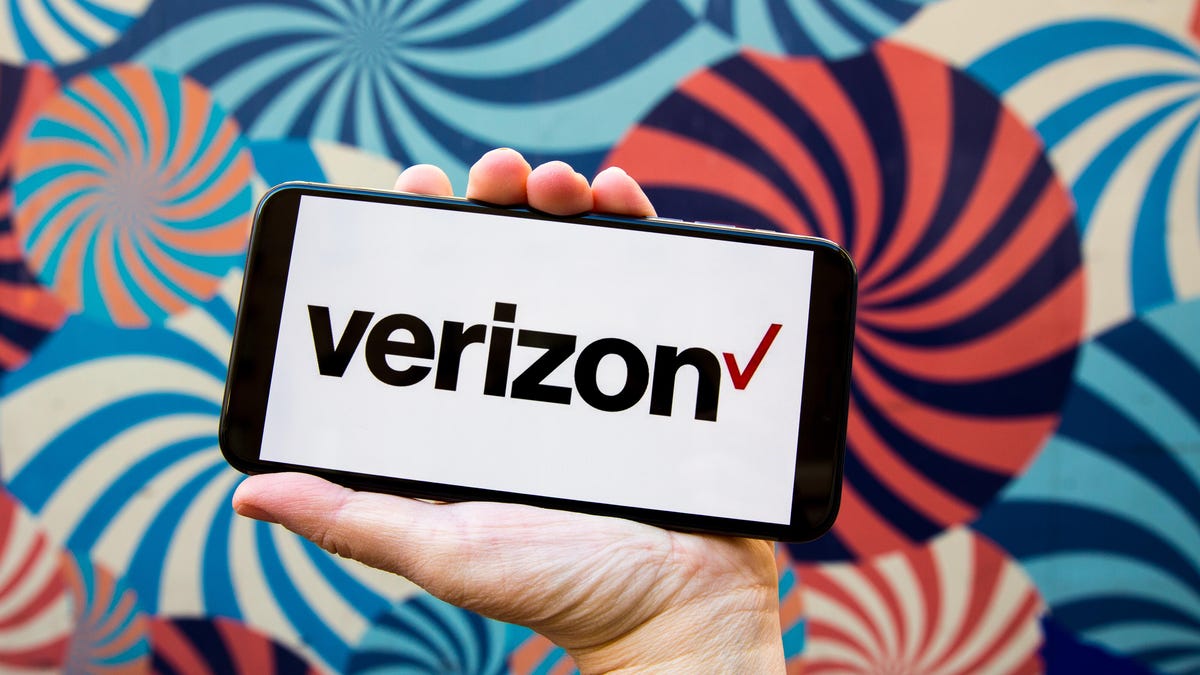Verizon's second-quarter earnings beat analysts' estimates despite coronavirus
Analysts expected revenue for the quarter to be $29.93 billion, but the company earned total revenues of $30.45 billion.

Verizon earnings beat expectations despite COVID-19.
Verizon's second-quarter earnings beat analysts' estimates on earnings per share and revenue, despite the coronavirus pandemic.
In its second-quarter report released Friday morning, the telecom giant revealed that it had total revenues of $30.45 billion with earnings per share coming in at $1.13. When adjusted and excluding special items, earnings per share was $1.18, putting it ahead of analyst expectations of $1.15, according to Yahoo Finance.
Analysts expected revenue for the quarter to be $29.93 billion.
On the wireless side, Verizon said it added 352,000 net postpaid additions with 287,000 postpaid smartphone net additions.
Postpaid users, or those who pay their phone bills at the end of the month, are valued more highly by the investment community as a key metric of a carrier's success.
The carrier says that 60% of its company-operated retail stores were reopened after closing in response to COVID-19. Verizon says its 5.1 percent revenue decline compared to the year-ago quarter was "primarily due to limited in-store engagement and the impact of COVID-19 on customer behavior."
Like AT&T, Verizon was involved in the Federal Communications Commission's Keep Americans Connected pledge, a coronavirus-related initiative designed to protect people from losing service or being charged late fees if they cannot pay their bills.
Verizon had roughly 1.5 million accounts making use of the program, though chief financial officer Matt Ellis said on the company's earnings call that Verizon was "encouraged by the payment trends" of consumers and small businesses that took part, adding later that "more than 80%" were making some payments during this time and that "approximately a third" of its users were now up-to-date on their bills by the end of June.
The FCC program ran from March 13 through June 30.
While the carrier didn't announce any new millimeter-wave 5G cities during its earnings, it said it spent $9.9 billion in the first half of 2020 to "support the capacity for traffic growth across Verizon's networks and the deployment of additional fiber and cell sites" to expand the company's millimeter-wave 5G network.
Verizon's millimeter-wave is currently live in parts of 35 cities around the US, with the carrier announcing earlier this year that it plans to expand the service to 60 cities in 2020. The company has previously said it plans to launch a nationwide low-band 5G nationwide network later this year, but it didn't go into more detail on the exact timing for the new network during Friday's earnings.
On its earnings call Thursday, rival AT&T announced that it's low-band 5G network now covers over 200 million people and meets the Federal Communications Commission's standard for a nationwide network. T-Mobile has operated a low-band, nationwide 5G network since last December.
Read more: Everything you need to know about the 5G wireless revolution
For Fios, Verizon's home TV and broadband offering, the company's consumer division had net additions of 10,000 Fios Internet users but had net losses of 81,000 for its Fios Video service as people continue to cut the cord.

